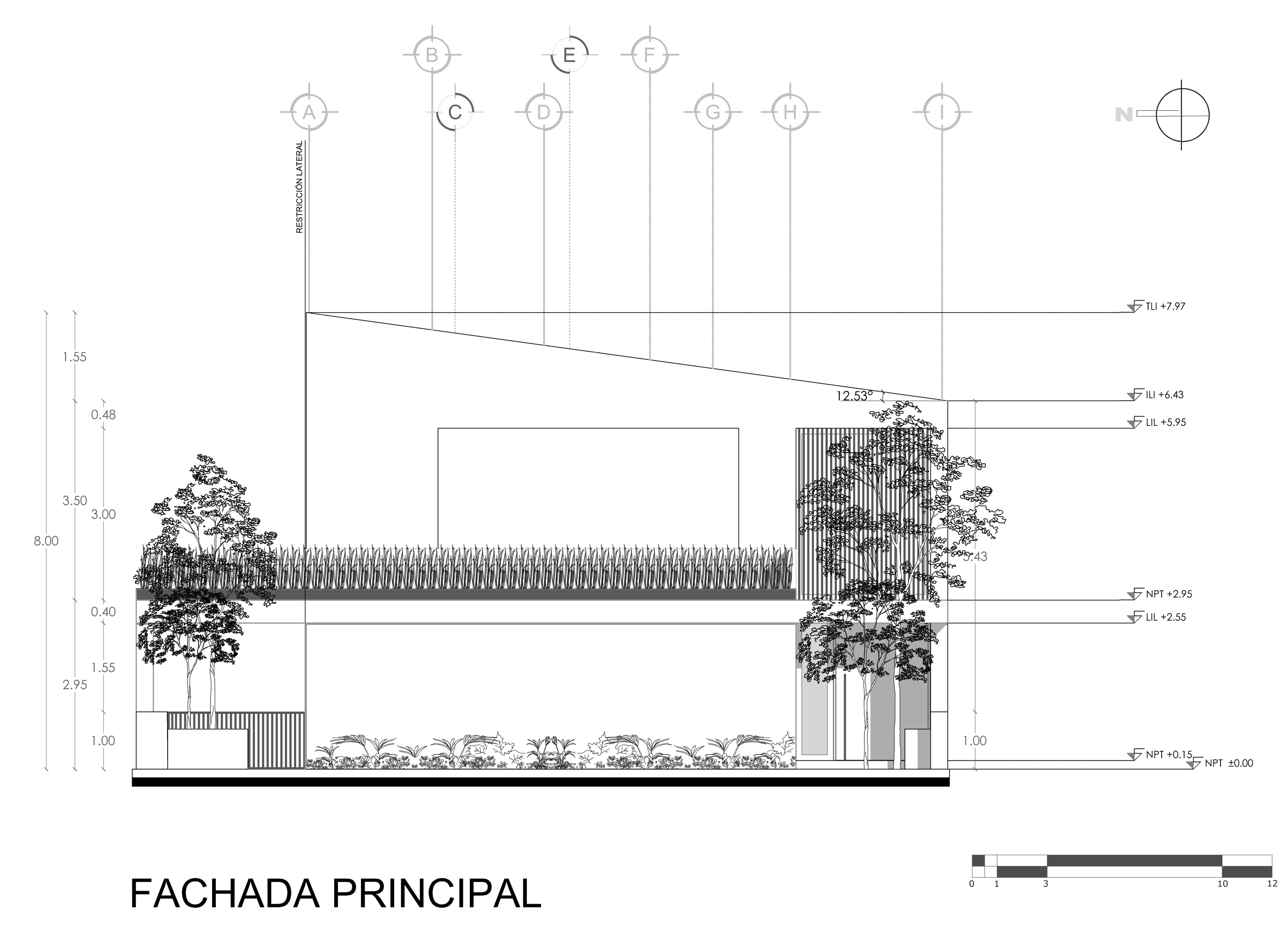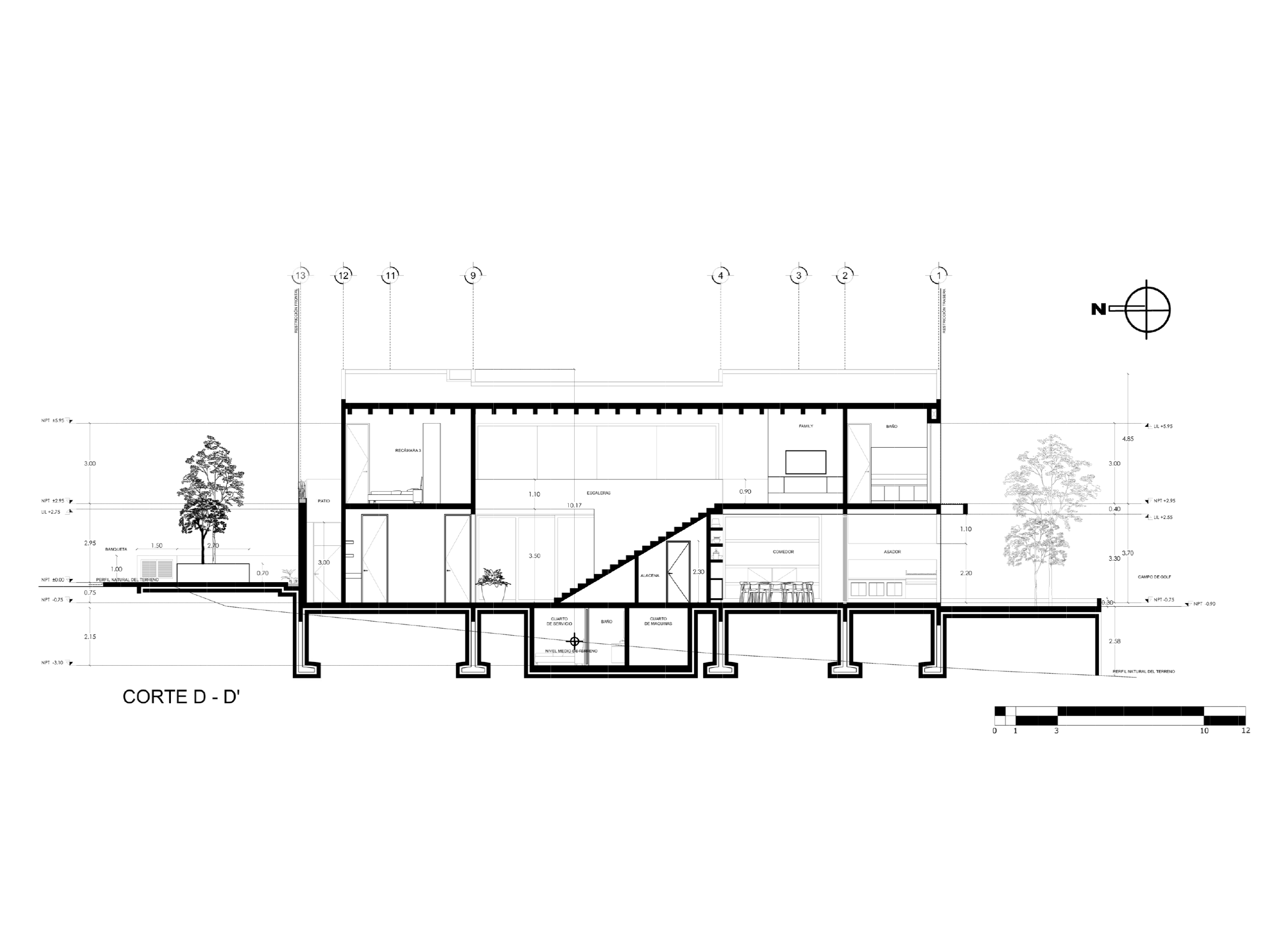April 10, 2023
Casa Camelia shows us how lighting design can contribute to the well-being of occupants in a housing project.
_project: Camelia House
_architecture: Romero De La Mora
_location: Amanali Country Club & Nautica, Tepeji, Mexico
Casa Camelia is a countryside house designed by the architect Rodrigo Romero De La Mora, with a focus on interaction with nature and a blend of Mexican crafts with contemporary design. The project faced challenges such as getting back to basics in space orientation, choosing low maintenance yet cozy materials, and creating the correct atmosphere throughout the house.
One of the key elements that make natural lighting important in creating a healthy living environment is its ability to tour through all spaces in the house throughout the day. To incorporate this into the design of Casa Camelia, double heights, wide windows that open completely to the spaces, tall apertures, and light inlets in the ceiling were utilized. The house is a combination of spaces united by a hall that illuminates throughout the different hours of the day, connecting light and air between spaces.
In an interview with the architect, Rodrigo emphasized the importance of natural light in their design process, stating that "for us, it is the most important premise". He went on to explain how they incorporated this element into Casa Camelia design through careful consideration of different views, apertures, and ventilation options.
Artificial lighting is also crucial in creating a comfortable living space. In the case of Casa Camelia, the architect approached the design of artificial lighting through a comprehensive study of different types of light. The lighting fixtures selected had to be sustainable in terms of consumption, practicality, warmth, and functionality. It was important to ensure that the lighting project was environmentally conscious and complemented the overall design of the house.
The integration of both natural and artificial lighting in Casa Camelia plays a significant role in contributing to the well-being of its occupants. Natural light provides a sense of connection with the surrounding nature and has been shown to improve mood, productivity, and sleep quality. Artificial lighting, on the other hand, can enhance the functionality and atmosphere of a space.
Casa Camelia shows us how lighting design can contribute to the well-being of occupants in a housing project. The integration of natural and artificial lighting in the house serves to provide a comfortable, healthy, and functional living space. As Rodrigo puts it, "light and air are essential elements in architecture, and their correct integration contributes to the well-being of people".
credits
_written by Daniela Moreira Silva
_cover image: Ariadna Polo
_film by Architecture Hunter + Mavix
_drawings by Romero De La Mora:


You’ve prove to be a great hunter. Now that you have reached the bottom, maybe it’s time to know us more.